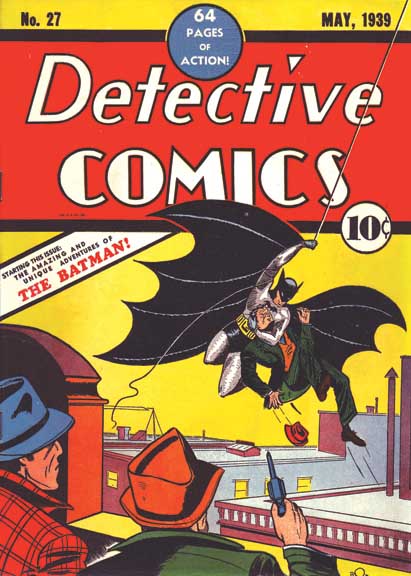Liberty vs Privacy: the US & EU's Ideological Internet Collision
ø
In 1863, Alexandre Dumas, famed French author of The Three Musketeers (and known for his love of women) , and Adah Isaacs Menken , a well-known Texan actress, posed for what then qualified as scandalous photographs. The photographer, an aspiring paparazzo, attempted to profit from the photographs, and was sued shortly after by Dumas.

A graphic provided to convey differing opinions on privacy by the The New York Times in its 'Week in Review' Section on February26, 2010.
Contrary to most contemporary intuitions about media treatment of stars like Tiger Woods, the court ruled, as related in an article by MSNBC‘s Bob Sullivan, that:
“…posing for the photographs did not mean Dumas and Menken had surrendered their rights to privacy and dignity, even if they consented to do just that during a heady romantic moment. These rights trumped any commercial property rights the photographer might have claimed, the court said.”
For most Americans, this ruling, along with the recent ruling against three Google executives in Italy for passively allowing ‘privacy-infringing’ videos to be posted on YoutTube, is troubling.
Beyond the need to fine-tune Google’s passive distribution policies for offensive content, this case highlights a deeper ideological divide, which Dumas’ case also exemplified. As The New York Times‘ Adam Liptak writes,
“… it called attention to the profound European commitment to privacy, one that threatens the American conception of free expression and could restrict the flow of information on the Internet to everyone.”
In the abstract (no, I didn’t read the entire paper) of Yale law professor James Whitman’s paper ‘The Two Western Cultures of Privacy: Dignity versus Liberty,’ Whitman (or, more likely, some editor of the Yale Law Journal) clearly describes the issues and implications at stake:
Privacy advocates often like to claim that all modern societies feel the same intuitive need to protect privacy. Yet it is clear that intuitive sensibilities about privacy differ from society to society, even as between the closely kindred societies of the United States and continental Europe. Some of the differences involve questions of everyday behavior, such as whether or not one may appear nude in public. But many involve the law. In fact, we are in the midst of major legal conflicts between the countries on either side of the Atlantic–conflicts over questions like the protection of consumer data, the use of discovery in civil procedure, the public exposure of criminal offenders, and more. Clearly the idea that there are universal human sensibilities about privacy, which ought to serve as the basis of a universal law of privacy, cannot be right.
The article (achem…abstract) later argues:
European privacy norms are founded on French and German ideas of “personal honor.” Continental “privacy,” like continental sexual harassment law, prison law, and many other bodies of law, aims to protect the “personal honor” of ordinary French and German folk. American law takes a very different approach, protecting primarily a liberty interest. The Article traces the roots of French and German attitudes over the last couple of centuries, highlighting the French experience of sexual license in the nineteenth century and the German experience of Nazism…
Throughout, the Article argues, American law shows a far greater sensitivity to intrusions on the part of the state, while continental law shows a far greater sensitivity to the protection of one’s public face. These are not differences that we can understand unless we abandon the approach taken by most privacy advocates, since such differences have little to do with the supposedly universal intuitive needs of “personhood.” Instead, they are differences that reflect the contrasting political and social ideals of American and continental law. Indeed, we should broadly reject intuitionism in our legal scholarship, focusing instead on social and political ideals.
For those of you still reading the post after reading through that quote (it might be a bit dry for some), I tend to disagree with Whitman’s rejection of the notion of some universal concept of ‘personhood’, though I also (unsurprisingly) lean toward sympathizing with American ideological and, hence, policy decisions.
The differing opinion lies in what I believe to be a false dichotomy that Whitman presents: between ‘dignity’ and ‘liberty.’ The value of ‘liberty,’ I think, draws its compellent force, like ‘privacy,’ from an intuitive notion of ‘personhood’ or ‘human dignity.’ And so, the dichotomy instead lies between ‘liberty’ and ‘privacy.’
Like most talk of ‘rights,’ however, these discussions are muddled by differing foundational concepts, not to mention differing laws (premised on those differing concepts) across national boundaries.
Nevertheless, in my opinion, we must weigh the value of ‘liberty’ against ‘privacy,’ knowing that that the results will vary by situation. I wouldn’t, for example, value a voyeur’s autonomous choice to spy on someone through a window over the watched person’s desire not to be watched while changing. More broadly, it’s understandable, too, that there should a sliding scale for the threshold of what constitutes tolerable infringements of either value across different cultures and national boundaries.
University of Michigan Internet law professor Susan Crawford also cautions against cagetorical thinking in the aforementioned NYTimes article:
Privacy is a broad enough concept, and Europe and America are varied enough, that it is easy to find counterexamples. Britain, for one, is only slowly moving toward the Continental model.
Something tells me, however, that the ideological divide will continue and deepen as online media continues to proliferate. I wonder how French courts would feel about the sale of copies of of Dumas’ and Mencken’s photos on this NY state-based site.










